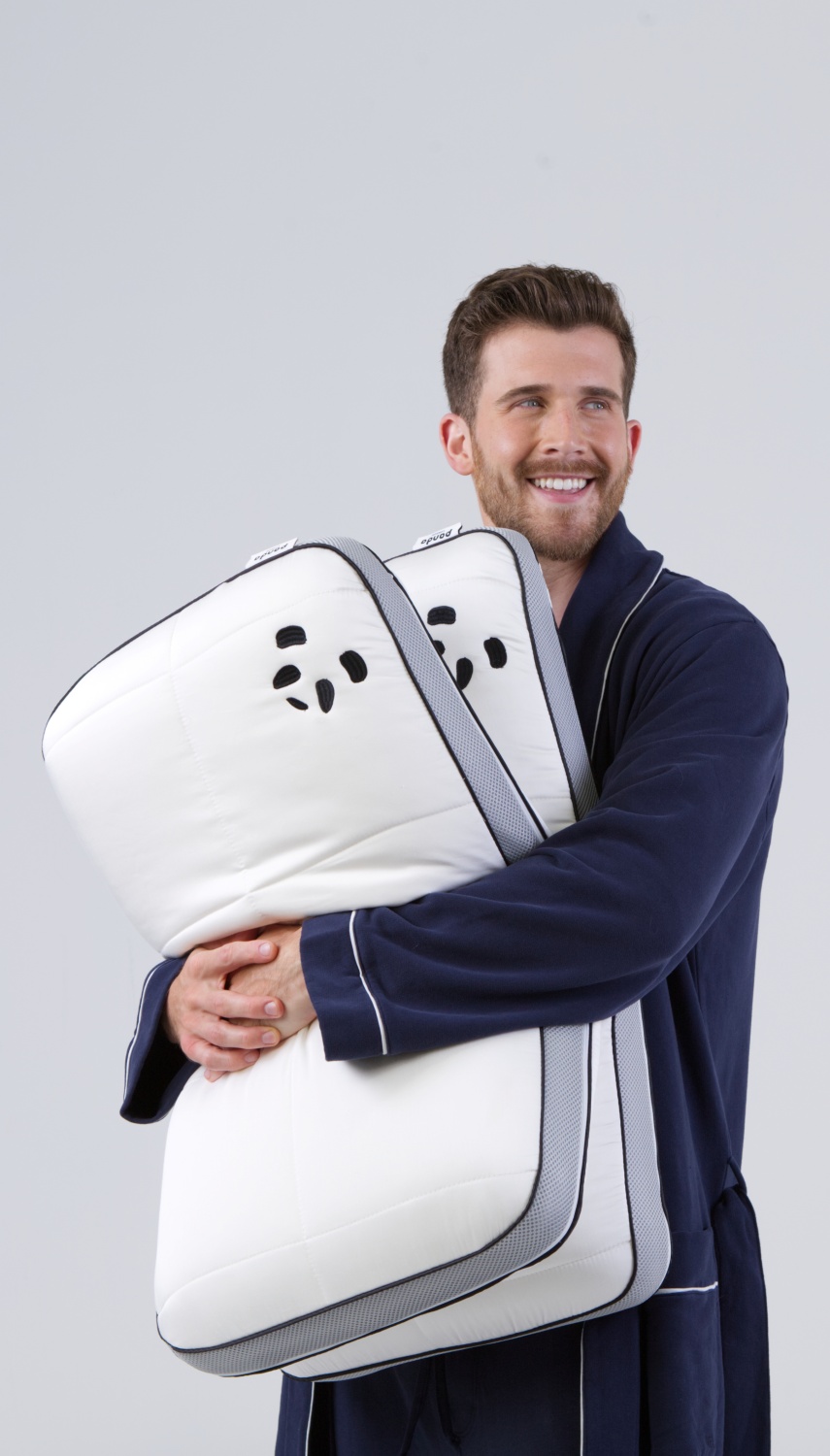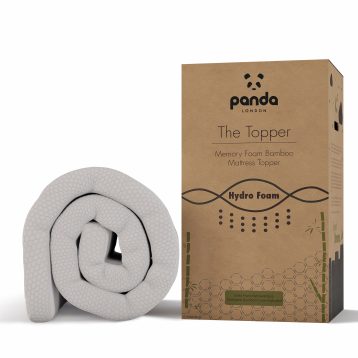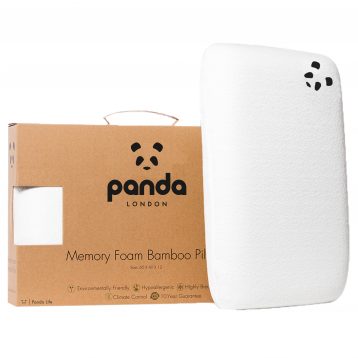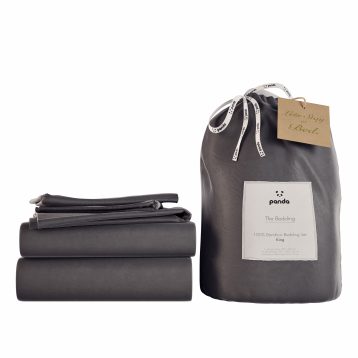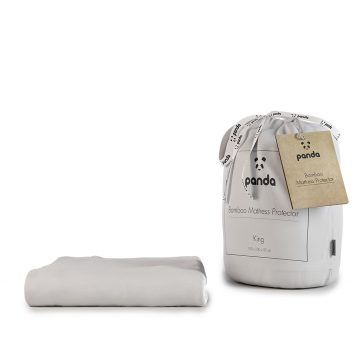How Hygienic and Clean is Your Pillow?
Last updated on November 15th, 2023 at 03:41 pm
A good night’s sleep is essential for our overall well-being, and one often overlooked factor that can impact sleep quality is the cleanliness of our pillows. Regular pillow hygiene is crucial to ensure a healthy sleep environment and minimise the accumulation of allergens, dust mites, and bacteria. Pillow cleanliness is incredibly important, so let’s explore the signs of an unclean pillow, the potential health implications involved, and everything you need to know about maintenance and pillow hygiene!
What are the signs of an unclean pillow?
While pillows may appear clean, subtle signs indicate that it’s time for a refresh. Stains, discolouration, and visible dust indicate that your pillow needs cleaning. Beyond this, you might notice an unpleasant smell or odour when you lay your head on your pillow at night – and nobody wants that. It might be your pillow to blame if you wake up experiencing allergy symptoms or respiratory issues with no other explanation. All of these are signs that your pillow might need a bit of a refresh, so stay on guard.

What accumulates in your pillow?
Pillows gradually accumulate a variety of unwelcome guests over time. Dust mites, dead skin cells, body oils, sweat, saliva, and even mould or mildew can find their way into our pillows’ fabric, filling, and casing. While it is normal for all of this to happen, it’s not a nice thought – so regularly cleaning and refreshing your pillow is really important. These accumulations can trigger allergies, cause sleep disturbances, and compromise the cleanliness of our sleep space.
What are the health implications of an unclean pillow?
An unclean pillow can have health implications, especially for individuals with allergies, asthma, or other respiratory sensitivities. Dust mites, a common allergen, thrive in warm and humid environments, making pillows an ideal breeding ground – during the night, your warm breath often hits the pillow directly. This is what makes it humid! Exposure to allergens and bacteria in our pillows can lead to uncomfortable symptoms such as sneezing, congestion, itching, and respiratory issues. Any dirt or dust on your pillows can irritate or even cause skin conditions like acne, which is painful and can damage your self-esteem.
What are some pillow-cleaning techniques?
Regular cleaning of your pillows is essential for maintaining cleanliness. Most pillows can be cleaned through washing or spot cleaning. Washing instructions may vary, so it’s best to check the label or manufacturer’s guidelines – always follow these to ensure you get the best out of your pillow.
Machine-washable pillows
Some pillows will be machine-washable. Be sure to check the care instructions to see the maximum temperature you can wash them at, and try to opt for a mild detergent to look after your pillow while it’s being washed. Hang outside to air dry for the best results.
Hand-washable pillows
Some pillows can only be hand washed; a great way to do this is to fill your bathtub with lukewarm water and add in some detergent. Pop your pillow(s) in there and allow them to soak for a while, then gently squeeze out the water and rinse well. Squeeze again and hang them out to dry in the fresh air.
Memory foam pillows
When it comes to cleaning memory foam pillows, they should never go in the washing machine. You also don’t want to get a memory foam pillow too wet when cleaning it; this can lead to moisture retention inside the foam itself, which can cause mould. It is best to spot-clean your memory foam pillow, gently dabbing at problem areas with a mixture of warm water and mild detergent. It might be best to replace your memory foam pillow if it becomes too much of an issue and needs a proper deep clean.
Pillow maintenance tips
Maintaining your pillow will help keep it clean in the long run and avoid any of the issues we’ve mentioned above. If your pillow comes with a removable cover, for example, wash that regularly – invest in an extra cover so you never have to go without it! Use good quality pillowcases on your pillow, and see if it’s worth adding a pillow protector too.
When you strip your bed, don’t put a brand-new pillowcase on straight away. Instead, allow your pillows to air for a couple of hours. You can even go the extra mile and pop your pillows outside to air there – is there anything nicer?!
How often should you replace your pillow?
The best pillows have a 10-year guarantee, meaning they should stay comfortable and in good working order for a decade. Pillows that don’t have such a lengthy guarantee, however, will need replacing much faster than that. When you notice your pillow becoming really discoloured (to the point where washing it doesn’t help!) or it feels really flat and uncomfortable, this is a sign that it’s time to invest in a new pillow.
You should also consider factors such as pillow type, quality and usage patterns. Lower-quality pillows will need replacing more quickly, so spending a bit more is better to save yourself money over time. A memory foam pillow is likely to last longer than a down feather pillow, which loses its filling – and consider the way you use your pillow, too, as this can impact how long it lasts. If you’re somebody who naps during the day and sleeps at night, your pillow is getting more use than it might be prepared for!
Make bedtime perfect
Shop our Memory Foam Pillow
Choosing the right pillow for better hygiene
Pillow hygiene is very important, and the materials a pillow is made from can impact just how hygienic it is. Opt for materials that have antibacterial or antimicrobial properties and pillows which are hypoallergenic and good for sensitive skin.
Bamboo pillows
For a pillow, bamboo is one of the best materials you can choose; it is one of the most eco-friendly options on the market, and it is also naturally antibacterial and hypoallergenic. This means it won’t attract dust mites and other allergens and is inhospitable to bacteria. On top of that, bamboo is cooling, super soft and incredibly comfortable! When combined with memory foam, in particular, it offers the very best pillow properties out there.
Latex pillows
Natural latex is a great option, too; these pillows are soft and comfortable, and latex is anti-fungal. They are mildew-resistant and hypoallergenic and keep you cool at night, too.
How hygienic is your pillow?
A good night’s sleep should be one of your top priorities, and that means ensuring your pillow is clean, comfortable and hygienic. Take care of your pillow, and it will reward you with a night of blissful rest – wash it regularly, according to the manufacturer’s instructions, and allow it to air out when you’re changing your bedding. Ideally, clean any stains before they set in, and keep an eye on any changes in colour or comfort levels.
Explore our range:
Bamboo Mattress Topper
Rated 4.97 out of 5£84.96 – £204.00Memory Foam Bamboo Pillow
Rated 4.96 out of 5£44.95Original price was: £44.95.£38.21Current price is: £38.21.100% Bamboo Bedding
Rated 5 out of 5£16.96 – £153.00Bamboo Mattress Protector
Rated 5.00 out of 5£16.96 – £42.50

